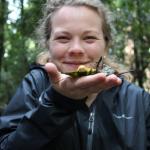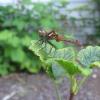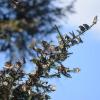Steep declines in the western monarch population have spurred much talk about their conservation needs, and landowners and managers across the state of California have taken up the call to get more habitat in the ground for these iconic butterflies. Monarchs require both milkweed and other nectar-producing flowers as they migrate, so working-lands stewards are incorporating these and other native plant species into their habitat creation projects. But there’s one important process that comes into play prior to on-the-ground restoration: before we can plant, we plan.
Conservation planning involves several steps, the first of which is usually a site visit and assessment to take stock of habitat that already exists, how we can build off of that, and any other limitations or resource concerns. The stakeholders in the project will identify what they want to achieve—which in the projects I work on usually involves monarch conservation—and together, we come up with a plan to address their goals in a way that takes advantage of what the existing landscape has to offer.
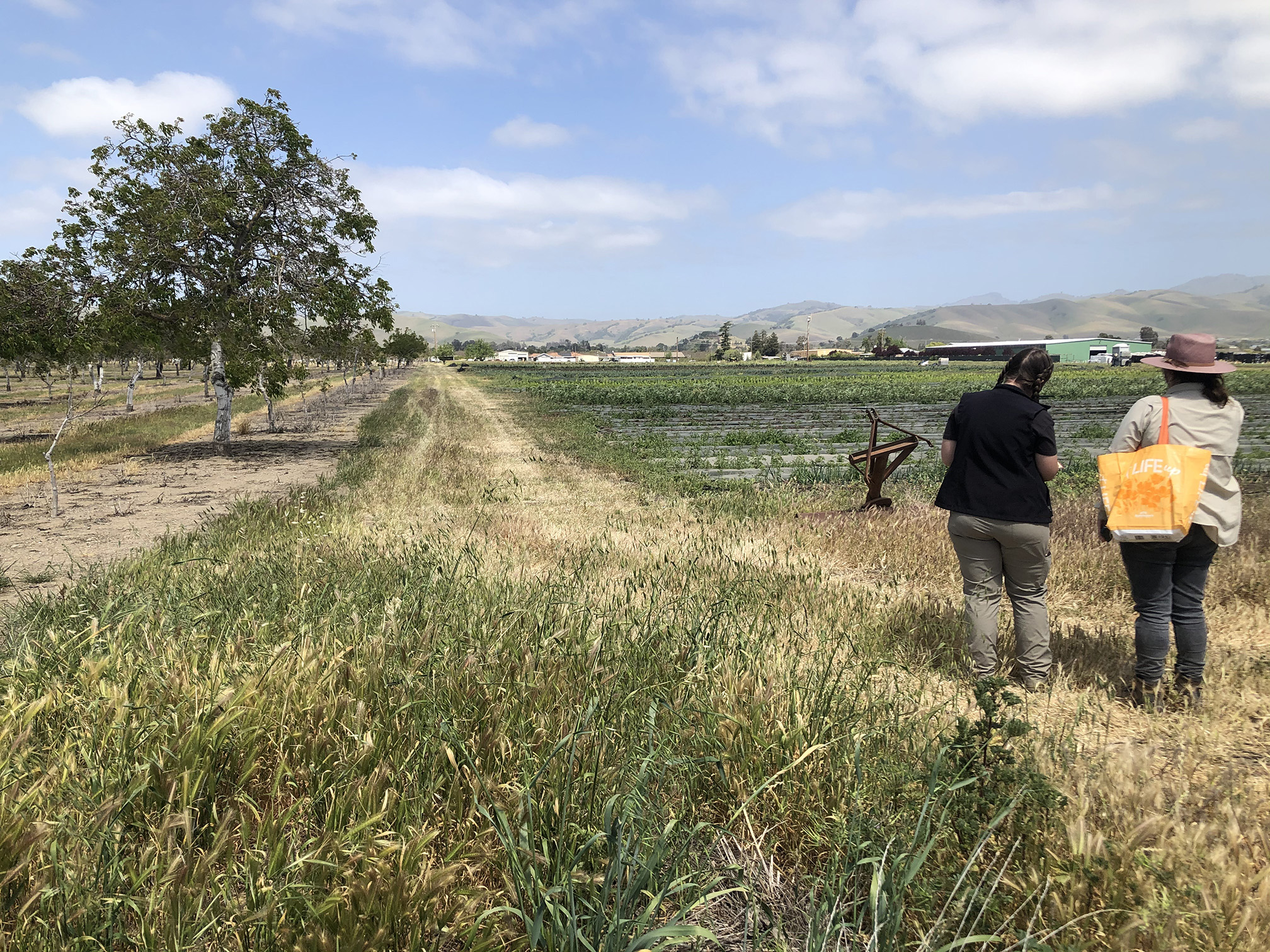
Staff from Xerces and the USDA Natural Resources Conservation Service work together to perform a pollinator and monarch habitat evaluation in San Benito County, CA. During such a visit, we look for bee nesting and foraging habitat, presence of milkweed, and assess management practices such as mowing or pesticide application on the farm property that may affect restoration outcomes. (Photo: Xerces Society / Maddy Kangas)
This planning step is crucial because it enables us to get the most bang for our conservation-minded buck. When assessing a site, we planners are looking at soil type. We’re looking for erosion problems. We’re looking for weeds. We’re looking for deer and gophers. We’re looking for native plants already present. While some of these don’t initially seem related to monarch conservation, they all play a role in the success of a monarch conservation project. The type of soil will affect what kinds of plants can grow at the site. The weed pressure will impact how well new plants establish. Deer and other critters might nibble transplants to nubs. We might not want to plant the same native species that are already on site in order to increase diversity in the landscape. By taking account of these and many other site characteristics, we greatly increase the chances of conservation success because we can make appropriate plant selections and incorporate mitigation measures into our work. As with any environmental project and especially in the face of climate change, you can’t control for everything, but the planning stage at least makes an easier road to the desired outcome.
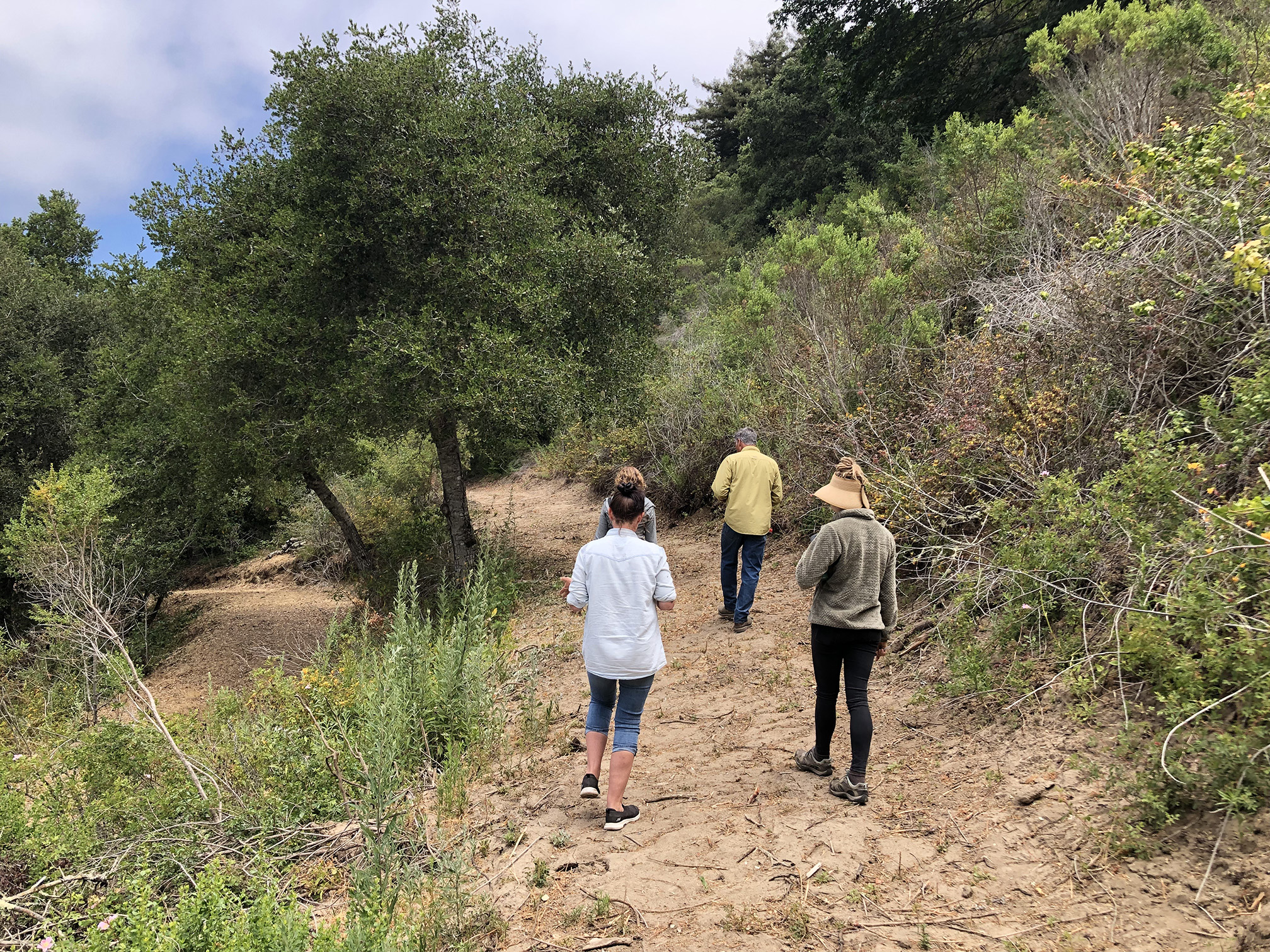
Xerces staff meet with a producer in Santa Cruz County, CA, to visit an area proposed for pollinator hedgerows. The landowners had already done preliminary work to deal with much of the weeds. We walked along the cleared corridors looking for native plants on either side and pondering what plants would make good additions to this location. (Photo: Xerces Society / Maddy Kangas)
Further Reading
Learn more about the Xerces Society’s Pollinator Conservation Program.
Read all of our Pollinator Conservation Program Digests!
Download detailed guidance documents and plant information from our Pollinator Conservation Resource Center.
Locate your local USDA Natural Resource Conservation Service office to get advice and assistance with conservation work.

